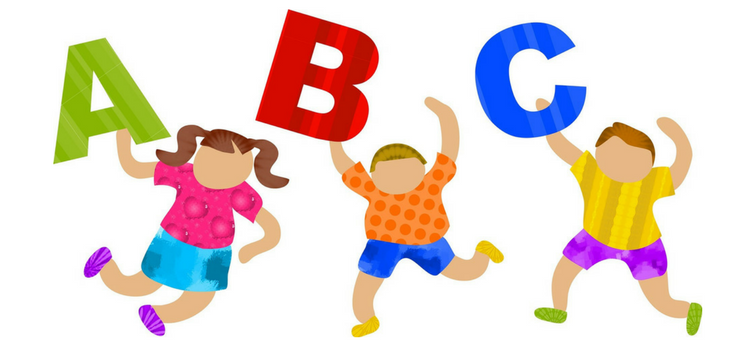
The Stages of Child Development
Your 2-year-old daughter recently learned the word “no,” and she won’t stop using it — when you ask her to do something, when you teach her about manners, even when you’re talking with someone else. Is this a sign of trouble, or is it just a natural part of child development? The answer is probably the latter. The “no” phase reflects your toddler’s growing desire for independence, and it’s an important stage for her to progress through, regardless of how much it makes you want to grind your teeth. Understanding the reason behind all the “no’s” and the significance of this stage to your child’s development can make the day-to-day frustrations of her actions a lot easier to navigate. This is just one reason parents and anyone else who deals with kids should understand the stages of child development. They provide the key to decoding children’s behavior and identifying potential problems or concerns. When you grasp these ideas, you can better address — or sometimes ignore — the actions your child engages in.What Are the Stages of Child Development?
There are four main stages of child development:- 0-2 years old: The child begins to exhibit signs of their personality, experiment with independence, and acquire self-esteem.
- 2-5 years old: Children transition from toddling to other physical milestones, while also learning to regulate their emotional responses. Meltdowns may occur as kids explore how to express themselves.
- 6-12 years old: School-age children begin pushing for further independence, physically and emotionally.
- 13-18 years old: The teenage years are fraught with hormones and bodily changes that can lead children to undergo evolutions in their personalities. Their relationships become more serious and they discover their passions and it can be exciting for them.

